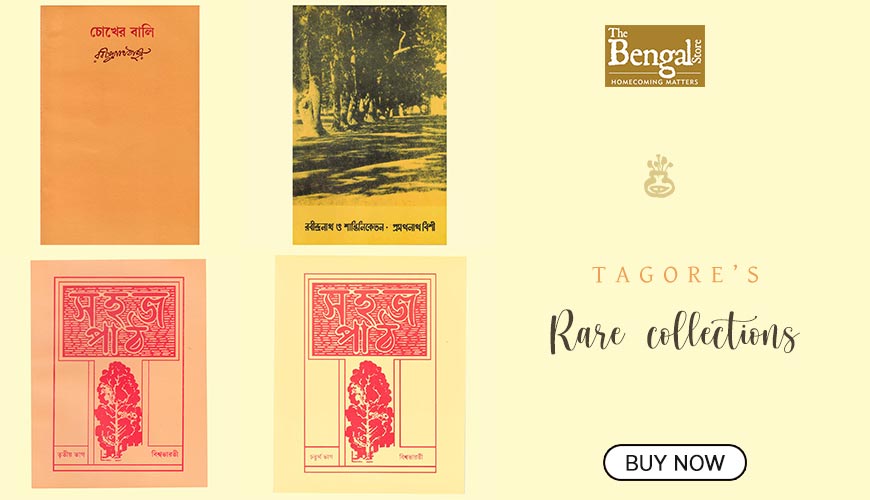Museum that reminds us of the truth of 71
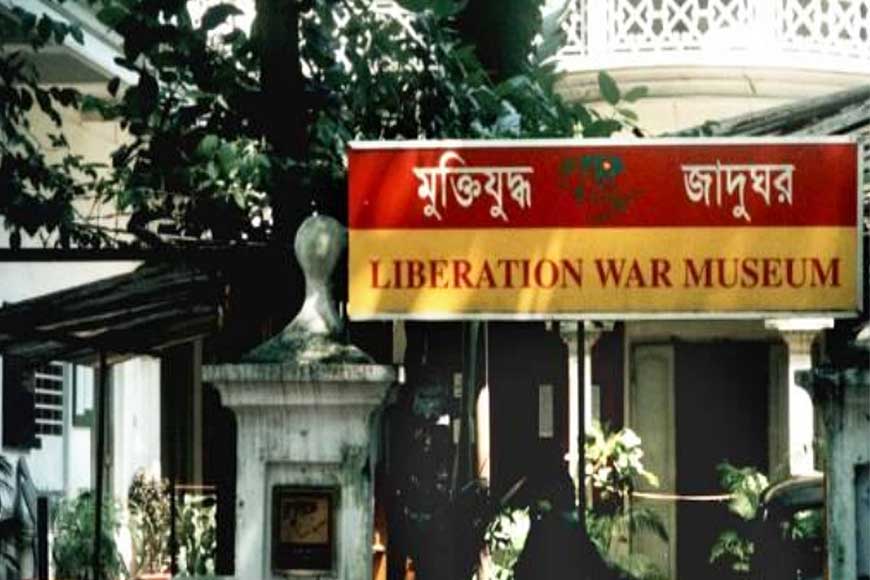
“The Bangladesh Liberation War, also known as the Bangladesh War of Independence, or simply the Liberation War in Bangladesh, was a revolution and armed conflict sparked by the rise of the Bengali nationalist and self-determination movement in what was then East Pakistan during the 1971 Bangladesh genocide.”
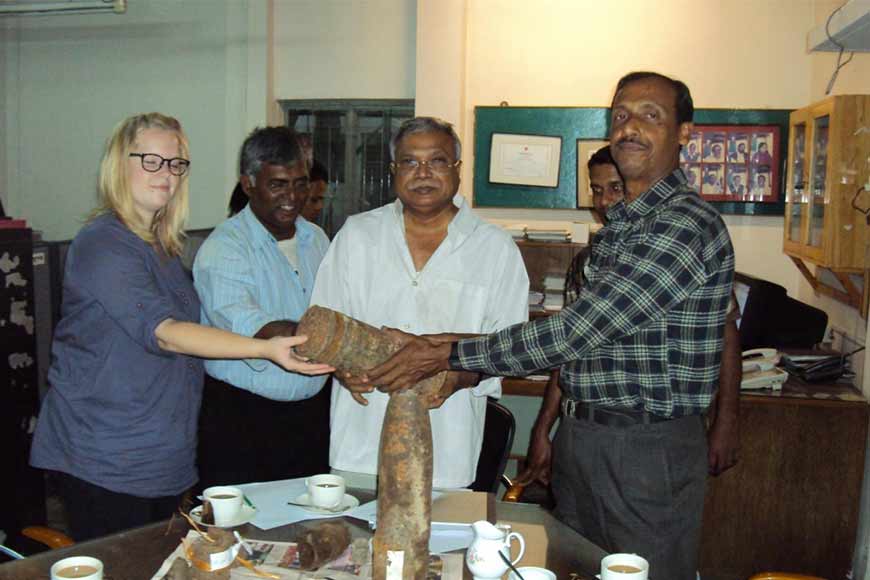 Artefacts being given to be kept at the museum
Artefacts being given to be kept at the museum
That’s the beginning of the Wikipedia entry on what became one of the most significant conflicts in the Indian subcontinent – Bangladesh’s War of Independence in 1971, in which India interceded on behalf of the freedom fighters. However, the official sounding description can hardly come close to the gut-wrenching trauma that the war and its aftermath created for the new nation of Bangladesh, which was until then East Pakistan.
When ‘Bongobondhu’ Sheikh Mujibur Rahman took over the reins of the government in 1972, the fledgling nation was in severe economic and social distress. The Bhola Cyclone of 1970, the worst tropical storm in recorded history, had killed millions and ravaged the economy, and the war of 1971 had further depleted the country’s already meagre resources. To make matters worse, Bangladesh’s deadliest famine tore through the country in 1974, killing a further 1.5 million people. By the time 1975 arrived, the government was being accused of dictatorial policies, the widespread killings of political opponents, and general misrule. On August 15 of that year, a group of Army officers stormed President Mujib’s residence and shot dead almost his entire family along with him, and several members of staff.
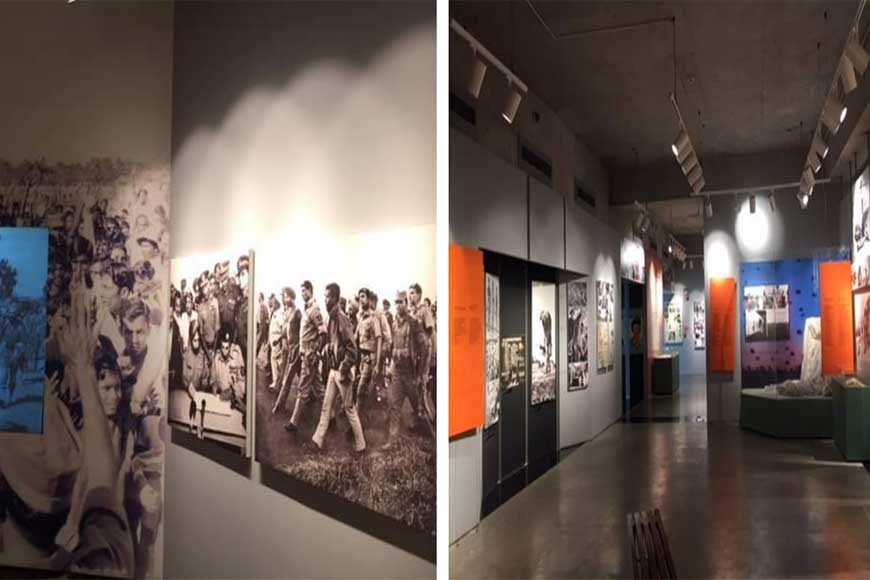 Galleries in the museum
Galleries in the museum
What followed was a long period of military rule, first under General Ziaur Rahman, and then Lt General Hussain Muhammad Ershad, which lasted into the 1990s. And it is this period that is relevant to our article, because it gave birth to what would become the Bangladesh Liberation War Museum (BLWM), or Muktijuddho Jadughar.
When ‘Bongobondhu’ Sheikh Mujibur Rahman took over the reins of the government in 1972, the fledgling nation was in severe economic and social distress. The Bhola Cyclone of 1970, the worst tropical storm in recorded history, had killed millions and ravaged the economy, and the war of 1971 had further depleted the country’s already meagre resources.
In the mid-1990s, noted Bangladeshi poet, researcher, publisher and essayist Mofidul Hoque and seven of his friends realised that almost an entire generation of Bangladeshi children had grown up without knowing the truth about the War of Liberation because, among other things, what the prolonged period of military rule had done was to distort history as it had happened, and created a narrative that favoured the former rulers instead. As Hoque puts it today, “Nearly 25 years after Independence, our children had very little idea of the values for which the Muktijuddho had been fought, and the fact that while Pakistan had propagated a religious identity, we wanted a liberal, secular, national identity for Bengalis.”
Thoughts do not always lead to action, but in this case, Hoque and his friends were determined to set the record straight. In 1995, they came together to form the Muktijuddho Smriti Trust. “In our minds, the idea of a museum had taken firm root, because we felt it was the most effective way to commemorate events as they had actually happened,” says Hoque. “Nearly every family in the country had suffered the effects of war, and we realised that the denial and distortion of history had reached a point where many facts would be forever lost if we didn’t act.”
Needless to say, the initial challenges were considerable. Apart from the physical task of finding premises, collecting artefacts and memorabilia, and raising funds, the new trust was also faced with a situation where Pakistan was not even named in the military regime’s telling of history. It was merely referred to as ‘hanadar bahini’ (invading forces). Thankfully, though, the regime had not felt the need to formalise this narrative by actually building a concrete repository of distorted facts, and Hoque and his friends were free to begin work on something they believed would leave a permanent impact.
“In our minds, the idea of a museum had taken firm root, because we felt it was the most effective way to commemorate events as they had actually happened,” says Hoque.
However, there were two principal hurdles to cross. One, how would they gather artefacts for the museum? Two, which time period should they cover? The trustees knew that eight people would never be enough to build and run an entire museum, and as Hoque says, “From the beginning, we looked for community support. We knew that at best, we could put up an infrastructure, but archiving, preservation, and collecting memorabilia would require the support of many.”
The question of time period was equally complicated, centred primarily around the issue of who had first raised the call for freedom. While some said it was Mujib, others credited Ziaur Rahman, and still others spoke of Maulana Bhasani. “We wondered how to narrate this history, and decided to stop at December 16, 1971 (the day West Pakistan formally surrendered); the entire nation had got together to fight, it was an unprecedented democratic and later armed struggle, involving immense sacrifice; we would narrate this saga through facts and documents, but not interpret it; visitors would be free to draw their own conclusions,” says Hoque.
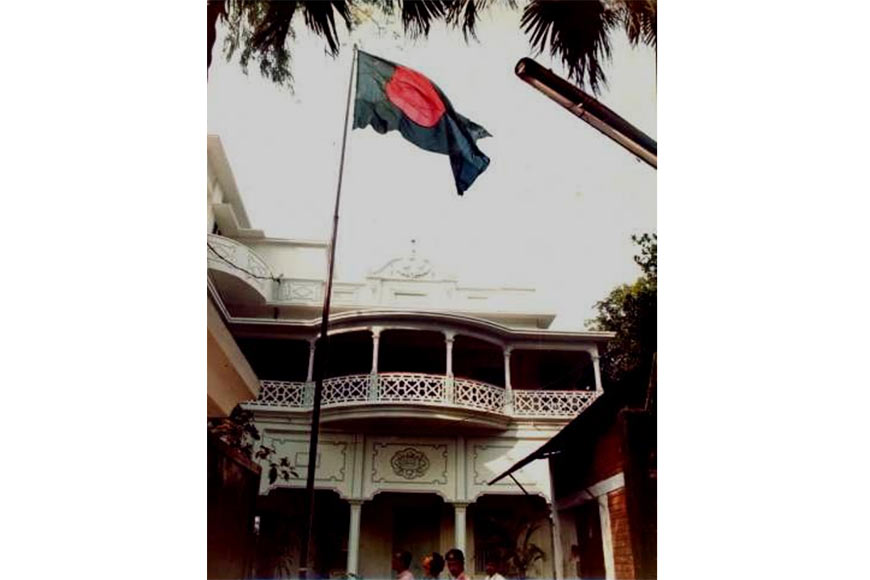 Liberation War Museum
Liberation War Museum
By the time of its formal opening, on March 22, 1996, the BLWM had already set what was perhaps a unique record as a crowd funded ‘people’s museum’, though initial funding had come from the eight trustees themselves, and their social periphery. Almost its entire collection of war memorabilia was drawn from the larger community, and contrary to the apprehensions of the trustees, the public had proved more than generous when it came to sharing intensely personal memorabilia and artefacts with the museum, as well as donating money for its upkeep. “Among celebrities and ordinary citizens alike, this created a sense of shared ownership, which was our aim all along,” says Hoque.
One of the initial donors was current Prime Minister Sheikh Hasina Wajed (Mujib’s daughter and one of only two members of the family to survive the massacre), who sent across her father’s personal belongings such as pipes, tobacco pouches, and letters he wrote from prison. “From Bongobondhu to a peasant warrior, the museum made room for everybody,” says Hoque.
Almost its entire collection of war memorabilia was drawn from the larger community, and contrary to the apprehensions of the trustees, the public had proved more than generous when it came to sharing intensely personal memorabilia and artefacts with the museum, as well as donating money for its upkeep. “Among celebrities and ordinary citizens alike, this created a sense of shared ownership, which was our aim all along,” says Hoque.
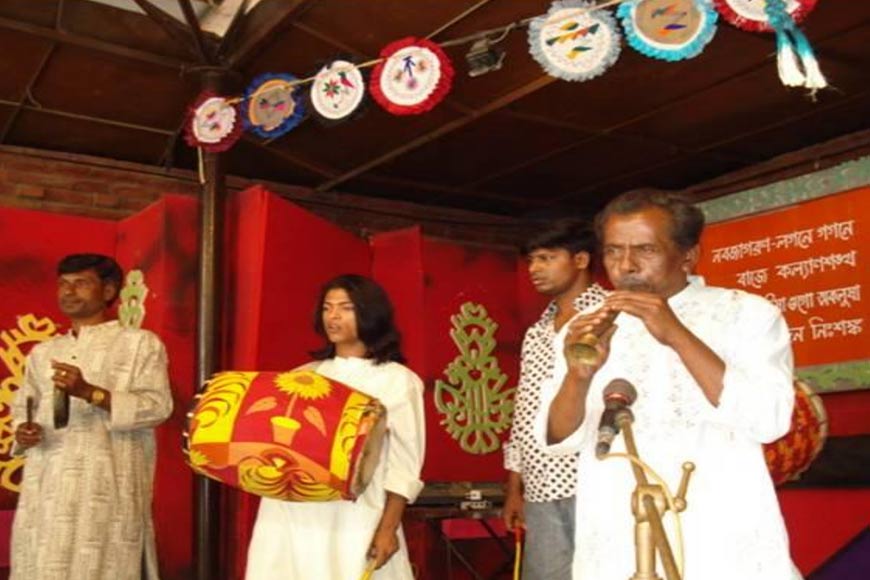 The museum, as a cultural space
The museum, as a cultural space
From its initial rented home in a two-storeyed colonial residence in Dhaka, called Ananda Bhavan, the BLWM today houses its vast collection in a palatial building in the capital’s Sher-e-Bangla Nagar, built on the basis of public-private funding, to the ratio of 55:45, and nearly 80 times the size of the original premises. Funds for the new building were raised nationally, though both the BNP government of Begum Khaleda Zia and the Awami League government of Sheikh Hasina have stood solidly in support of the enterprise, thereby upholding and reinforcing its credibility.
Commemorative museums are fairly common in many parts of the world, though BLWM covers considerably more than just the 1971 war. “Our state is new, but the civilisation is ancient. We started from the beginning, right from the early advent of civilisation, to Roman trade in Bangladesh, to Buddhist, Islamic, and Hindu influences, and then to the colonial period, in a nutshell narrative,” says Hoque. Of course, an entire section is devoted to 1971, but even here, as Hoque says, the museum has done the talking from day one.
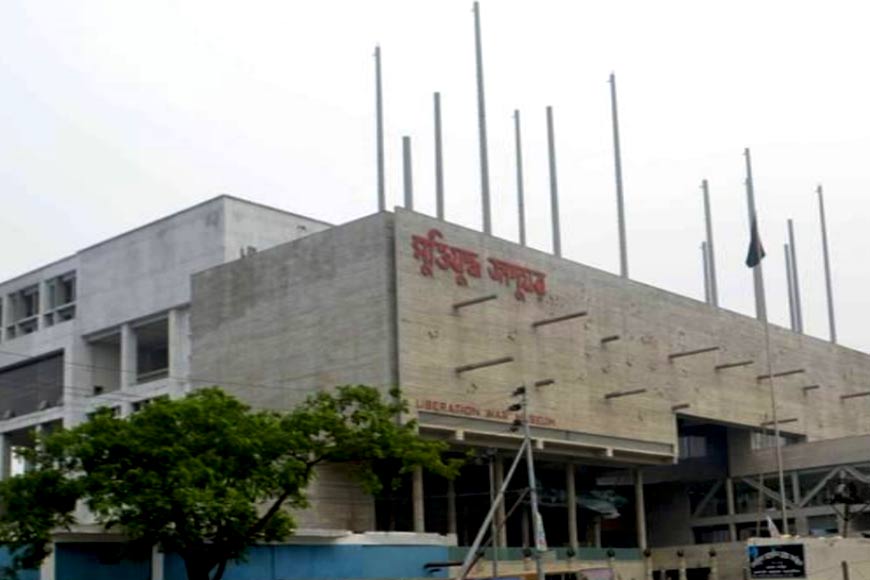 The musuem
The musuem
Static displays apart, the BLWM operates mobile vans which travel from district to district, primarily in an effort to involve schoolchildren in the initiative. Hoque says proudly, “Ours is a very active museum, truly a people’s museum, and the mobile displays have had great impact on the children.” Also, frequent seminars and other events help people share their experiences both of the museum, as well as the nation’s chequered history.
Today, as an institution of national importance, BLWM has also gained global recognition from such institutions as the New York’s Tenement House Museum, South Africa’s District 6 museum, the Czech Republic’s Anti-Holocaust Museum, Senegal’s Slave Museum, and Cambodia’s Khmer Rouge Museum. As Hoque says, “Memorialisation is important for every society, and our collaborations just keep growing.”








